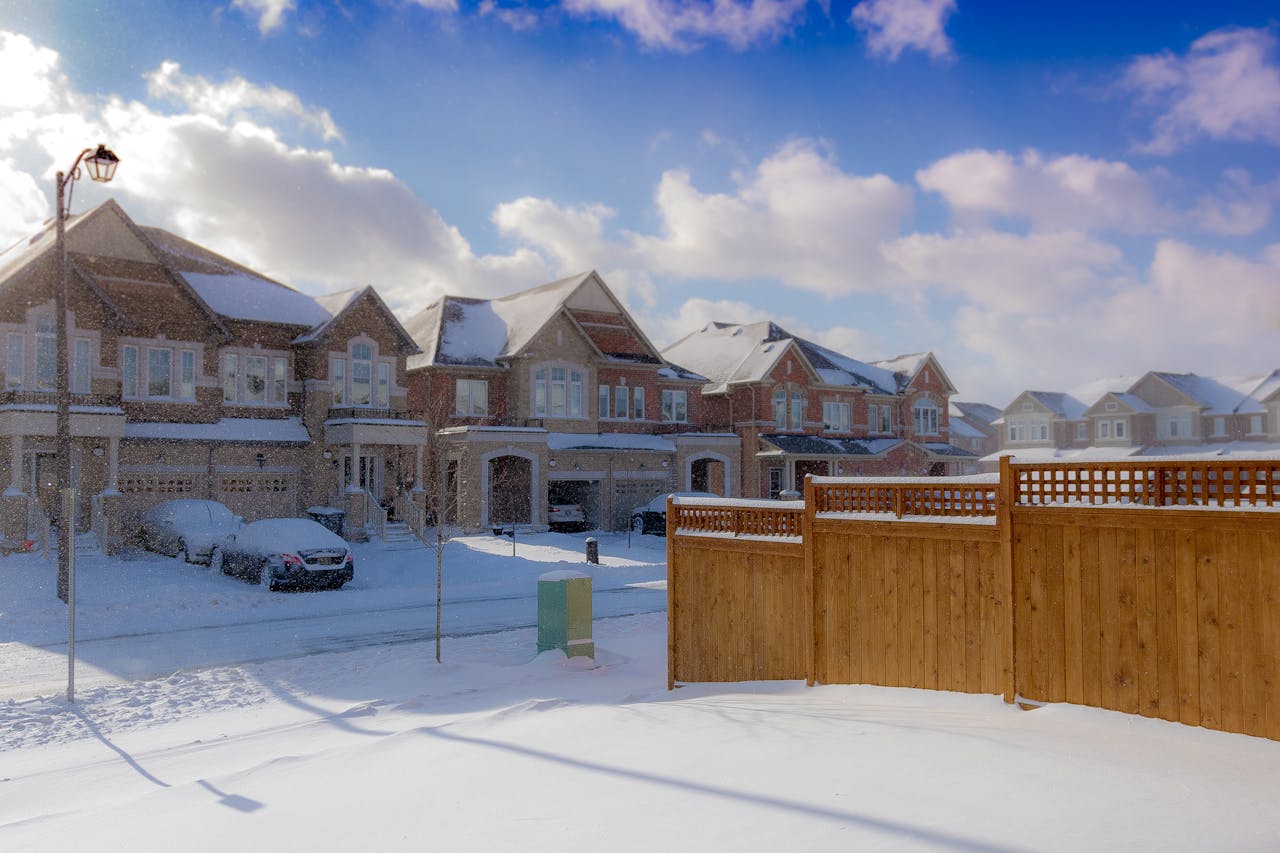Mosquitoes may be less visible when temperatures start to drop, but their breeding activity doesn’t stop immediately. In fact, the fall season is a critical time for mosquito control because many species prepare to overwinter or lay dormant eggs that will hatch once the weather warms again. Ignoring mosquito prevention during these months often results in stronger populations the following spring.
A proactive fall mosquito strategy helps reduce breeding grounds, break life cycles, and safeguard your home and outdoor spaces. Understanding mosquito behavior in cooler months and implementing strategic control measures can make a lasting difference in long-term pest reduction.

Understanding Fall Mosquito Behavior
Mosquito populations don’t disappear with the first cool breeze. Depending on the species, they either migrate, enter diapause (a hibernation-like state), or leave behind eggs capable of surviving cold temperatures. Female mosquitoes typically seek sheltered environments such as basements, crawl spaces, or sheds to wait out the winter. Others lay eggs in moist soil or standing water, which can remain viable for months until temperatures rise.
This survival strategy makes fall one of the most important times for mosquito control. Interrupting their breeding and resting patterns now prevents a surge in springtime infestations. Professional technicians emphasize that a well-timed fall treatment can eliminate larvae, reduce egg viability, and remove ideal overwintering sites.
Mosquitoes thrive in moisture-rich environments, which is why property drainage and standing water management play key roles in disrupting their reproductive cycle.
Targeting Standing Water and Moisture Zones
Standing water remains the most significant factor in mosquito reproduction. Even small amounts, such as water trapped in flowerpots, clogged gutters, or discarded containers, can host hundreds of larvae. Reducing these sources during the fall limits mosquito populations dramatically before winter.
Property owners should focus on the following areas:
- Gutters and drains: Clear leaves and debris to prevent water accumulation.
- Birdbaths and planters: Empty or refresh water at least once a week.
- Tires, buckets, and toys: Store items upside down or indoors to avoid collecting rainwater.
- Low-lying lawns: Fill uneven patches that hold water after rainfall.
- Outdoor furniture: Cover or tilt cushions and frames to allow water runoff.
These measures align with integrated mosquito control practices that focus on source reduction first. Fall is also the ideal season to improve drainage systems and reshape soil grading around the home. Adjusting the property’s landscape to promote proper runoff can significantly minimize mosquito breeding sites.
For those exploring additional preventive solutions, learning how lawn aeration supports mosquito reduction provides useful insights into maintaining healthier soil conditions that discourage stagnant water buildup.
Maintaining Vegetation and Outdoor Habitats
Overgrown vegetation, thick shrubs, and shaded corners create cool, humid environments where adult mosquitoes rest during the day. As fall progresses, trimming and clearing these areas helps eliminate potential hiding spots.
A well-maintained yard contributes to an environment that is less attractive to mosquitoes and other pests. The following tasks support fall pest prevention:
- Mow regularly: Shorter grass allows better airflow and sunlight, reducing moisture accumulation.
- Trim hedges and shrubs: Keep them away from walls and fences to discourage mosquito resting.
- Remove fallen leaves: Leaf piles retain water and provide shelter for insects.
- Maintain compost areas: Ensure proper aeration and avoid excess moisture that may attract mosquitoes.
Vegetation management is particularly effective when combined with perimeter treatments that create protective zones around outdoor living areas. This multi-layered approach ensures that mosquitoes are not just repelled but actively eliminated from breeding and resting habitats.
Inspecting Hidden and Hard-to-Reach Zones
Even when outdoor maintenance is thorough, hidden breeding sites often persist in less visible areas. These include crawl spaces, drainage ditches, and decorative landscape features such as fountains or ponds. Mosquitoes exploit any spot that remains consistently damp or shaded.
Professional inspections are critical in identifying these hard-to-reach habitats. Technicians use specialized tools to detect moisture levels, stagnant water pockets, and mosquito larvae in places that might otherwise go unnoticed.
A fall inspection checklist should include:
- Basements and crawl spaces: Look for dampness or condensation where mosquitoes can overwinter.
- Ponds and fountains: Use larvicides or natural predators like fish to manage populations safely.
- Rooflines and gutters: Examine for leaks that lead to hidden pooling.
- Rain barrels and irrigation systems: Fit them with fine mesh screens to prevent mosquito access.
This comprehensive assessment ensures that mosquito breeding cycles are disrupted before the cold sets in. It also reduces the likelihood of springtime infestations when temperatures rebound and eggs begin to hatch.
Additionally, understanding different bite patterns or unexpected skin irritations during fall can help identify active mosquito presence. The post on mystery bite identification provides insights into distinguishing mosquito bites from other pest-related skin reactions.
Integrating Professional Mosquito Control Methods
Professional mosquito control services combine chemical and biological strategies to ensure lasting results. Fall treatments often include the use of larvicides and residual sprays to target mosquito eggs and larvae in outdoor environments. These products are applied to vegetation, shaded areas, and soil zones where mosquitoes commonly rest or breed.
Professionals assess environmental factors such as rainfall frequency, soil moisture, and nearby vegetation density to determine the most effective control plan. They also ensure all treatments comply with environmental safety standards, protecting both the property and its ecosystem.
When paired with ongoing maintenance, like vegetation trimming, aeration, and proper drainage, these targeted treatments deliver the most reliable long-term results. This integrated approach not only addresses current populations but also prevents resurgence once warmer weather returns.
Maintain a Bite-Free Property This Fall
Fall mosquito management is an investment in a comfortable spring and summer. For expert prevention that targets every stage of the mosquito life cycle, contact Fullscope Pest Control for a comprehensive mosquito control service. Our company uses advanced treatment strategies and seasonal inspections to protect your property from breeding hotspots and ensure a pest-free environment all year long.




